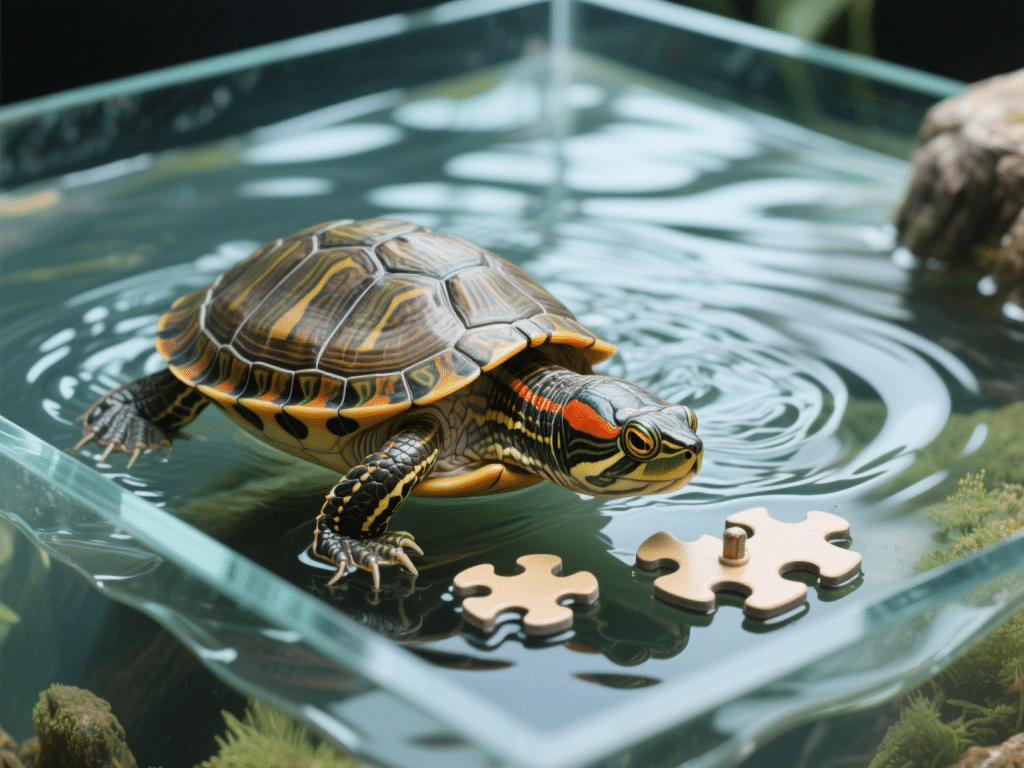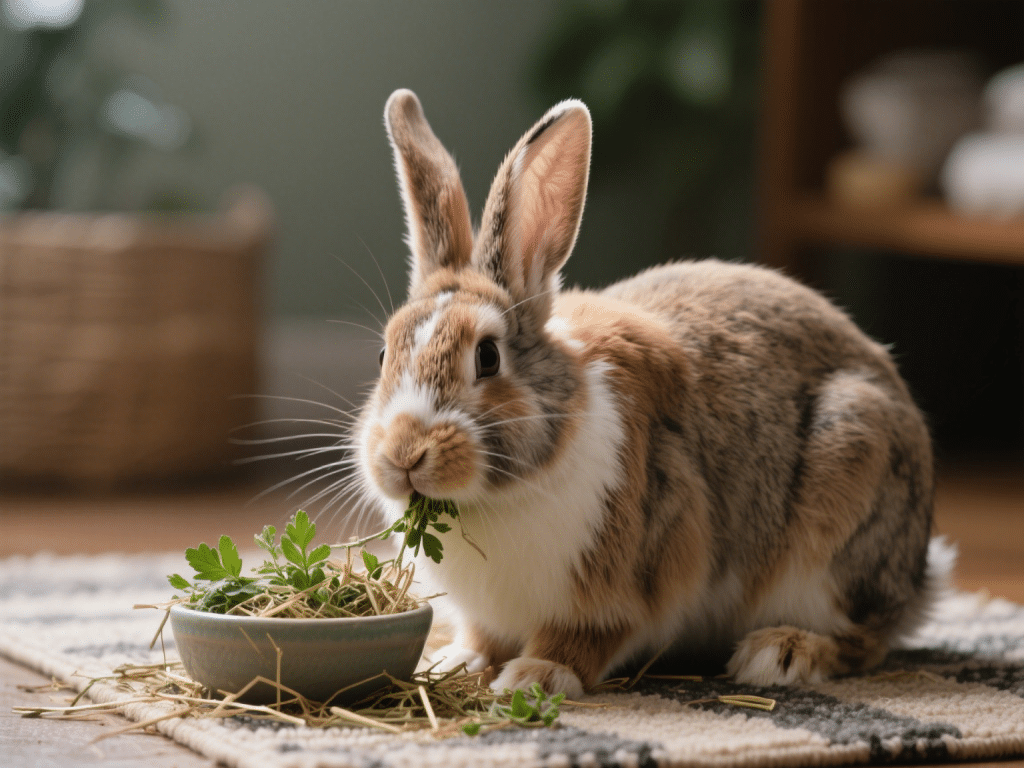Turtle Behavior & Enrichment: Toys, Training & Cognitive Stimulation

Far from being simple pond ornaments, freshwater turtles possess surprising intelligence, curiosity, and the capacity for learning. Without mental and physical stimulation, captive turtles may become lethargic, develop repetitive behaviors, or suffer from obesity and shell issues. Drawing on reptile cognition research and two decades of practical husbandry, this guide outlines multidimensional enrichment—covering puzzle feeders, basic training, environmental complexity, and social enrichment—to foster your turtle’s natural behaviors and promote robust health.
1. Cognitive Enrichment: Puzzle Feeders & Foraging Tasks
A. Floating Forage Nets
Design: Hang a fine mesh or nylon bag just below the water surface, filled with leafy greens, vegetable slices, or turtle pellets.
Benefit: Replicates the search‑and‑graze behavior turtles display in the wild, engaging problem‑solving skills.
B. Submerged Food Challenges
Implementation: Bury pellets in clean river sand or under smooth stones; turtles must excavate or push objects aside to access food.
Progression: Start with shallow burial, then increase depth or complexity (e.g., layered stones).
2. Physical Enrichment: Obstacle Courses & Exercise Structures
A. Aquatic Obstacle Runs
Setup: Arrange PVC pipes or acrylic tunnels along the water floor, encouraging turtles to swim through confined spaces.
Outcome: Enhances swimming endurance, muscle tone, and spatial navigation abilities.
B. Floating Platforms & Variably Textured Surfaces
Materials: Use cork bark, foam floats, or hardwood planks with sandpaper strips.
Variation: Rotate textures weekly to challenge grip and foot strength.
3. Training & Positive Reinforcement
Turtles can learn simple cues through consistent reward‑based training.
A. Target Training
Select a Target: A colored plastic rod or disc mounted above water level.
Shaping the Behavior: Present the target near the turtle’s head; as soon as it touches the target with its nose, immediately reward with a pellet.
Cue Introduction: Once contact is reliable, pair a verbal cue (“touch”) just before presenting the target.
Applications: Guide turtles into carriers, direct them to specific basking spots, or encourage exercise.
B. Station Training
Goal: Teach turtles to remain on a designated “station” (e.g., a floating tile) for a set duration before receiving a treat.
Technique: Reward incremental increases in station‑holding time, gradually building up to several minutes.
4. Social & Environmental Enrichment
A. Companion Interactions
Cautious Pairing: House similarly sized, compatible turtles in large enclosures (200 L+). Monitor for aggression; provide multiple basking platforms to reduce competition.
Visual Stimuli: If housing multiples is not possible, place an empty tank with a mirror or a realistic turtle figurine visible from the main enclosure to trigger exploratory behaviors.
B. Seasonal Scenery Rotations
Décor Swap: Every 2–3 weeks, rearrange rocks, plants, and structures. Introduce natural materials like clean branches or river stones collected from trusted sources.
Sensory Additions: Introduce floating water lilies or safe aquatic plants to vary the visual and tactile environment.
5. Monitoring & Adaptation
A. Behavior Logging
Track each enrichment activity, the turtle’s engagement duration, and any problem‑solving methods observed.
Note preferences (e.g., certain puzzle feeders over others) to tailor future enrichment.
B. Health Correlations
Monitor weight, shell condition, and activity levels weekly. Positive changes—such as improved muscle tone or appetite—often correlate with effective enrichment.
If enrichment stress is observed (e.g., refusal to forage, hiding), simplify tasks and reintroduce gradually.
Incorporating these enrichment strategies transforms your turtle’s enclosure from a static environment into a dynamic, engaging habitat. By stimulating their cognitive capacities, encouraging physical activity, and facilitating basic training, you not only enhance your turtle’s welfare and lifespan but also forge a deeper bond with this remarkable reptile companion.









Comments on "Turtle Behavior & Enrichment: Toys, Training & Cognitive Stimulation" :